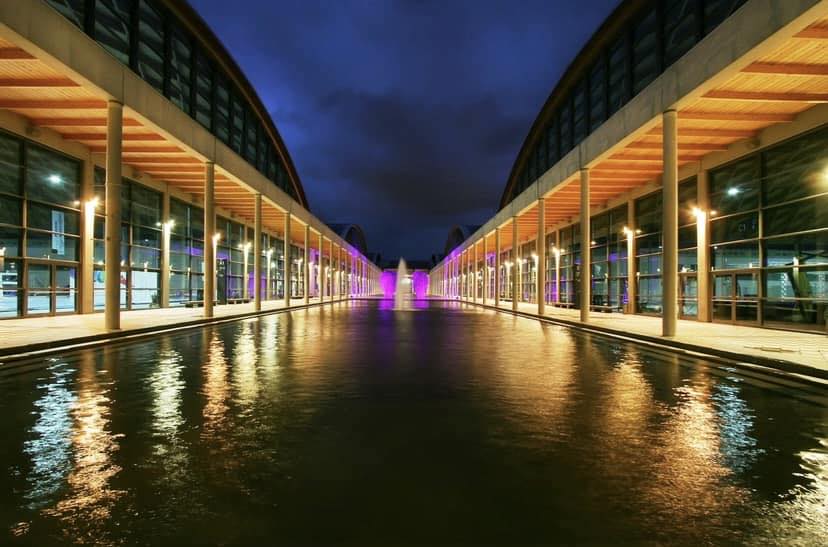The Fellini Museum is an extensive project dedicated to the great Rimini film director Federico Fellini and included by the Ministry of Culture among the great national cultural projects. The museum was conceived not to commemorate the great director, but to enhance the relevance of the immense cultural and artistic heritage that Fellini left behind.
The Museum was built in Rimini in the sign of Fellini’s visionary spirit, of cinema, of the relationship with the arts, in a permanent dialogue between innovation and tradition. It involves three spaces: Castel Sismondo, Palazzo del Fulgor and Piazza Malatesta. A diffuse museum centre of brand new conception and the largest museum project dedicated to the genius of Federico Fellini.
The Fellini Museum does not intend to interpret the cinema of the Rimini director as a work in itself, as a shrine or tribute to his memory, but to exalt the cultural legacy of one of the most illustrious directors in the history of cinema, who was born in Rimini in 1920, and brings together in a conceptual and spatial unicum several places in the heart of the city, giving rise to a composite itinerary of participatory narratives that make the visitor the protagonist of an immersive experience, in a seamless ‘dialogue’ between indoor and outdoor spaces in which creativity and imagination can positively contaminate Rimini and its journey into the present and the future, as the key to accessing the world of ‘everything is imagined’.
As said, the Fellini Museum unfolds along three pivotal points in the historic centre of Rimini, connecting different realities in a single vocation to transmit the knowledge and creative spark that was the great Italian director’s. The three axes involved are: Castel Sismondo, the 15th-century Malatesta fortress to whose design Filippo Brunelleschi contributed; the Palazzo del Fulgor, a building of 18th-century origin, where the ground floor houses the Fulgor, the legendary cinema immortalised in Amarcord and now refurbished with sets designed by three-time Oscar winner Dante Ferretti. Finally, uniting the two buildings is Piazza Malatesta, a large urban area with green areas, arenas for shows, art installations, an immense veil of water evoking the castle’s ancient moat and a large circular bench that, as in the finale of 8½, is intended to be a hymn to life, solidarity and the desire to be together.






